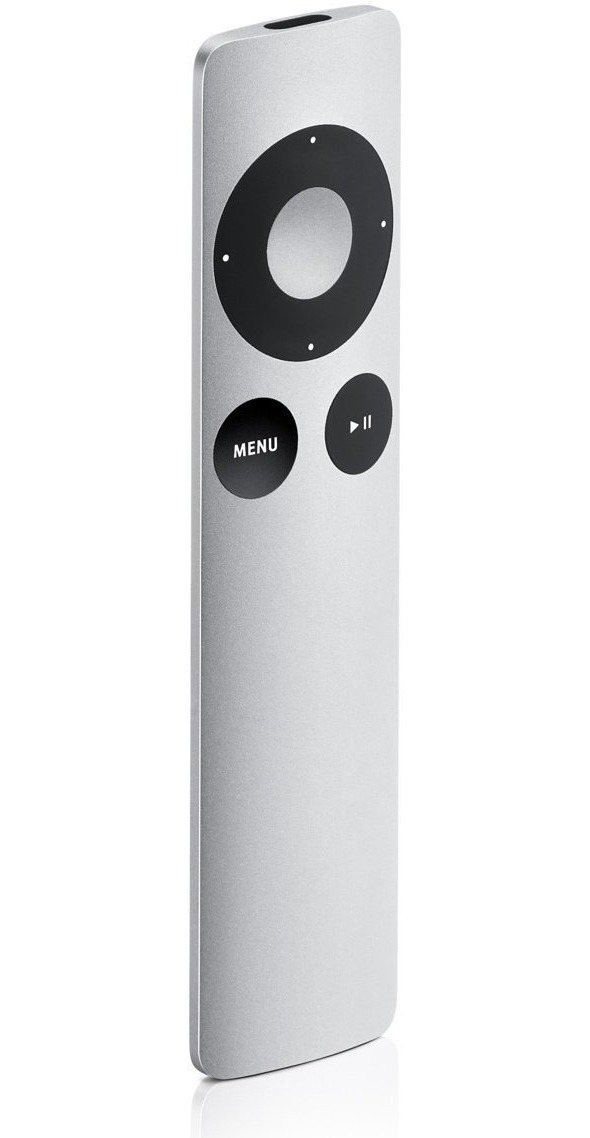

Once added, Apple Home transparently supports Matter accessories in the Home app, Siri, Control Center, and in third-party HomeKit apps. To use a Matter accessory with the Apple Home ecosystem, users can add the accessory via the Home app, or any HomeKit-based app. When the user opens the smart lock app, they can also be presented with the option to add the lights that were previously set up in a different app, enabling users to connect both accessories together to create powerful scenes and automations so, for example, the lights turn on when you unlock the front door in the evening.
Apple home control full#
Users can see all their Matter accessories in one place and can delete pairings and factory reset accessories.Īs an example, if a user sets up smart lights using one app, then sets up a smart lock using another, they’ll be able to see both of those distinct accessories together in the iOS Settings app and have full control of which accessories have joined their home network. Matter accessories can be managed in the Settings app, regardless of which app was used to initially set up the accessory, by going to General and then Matter Accessories. This improves interoperability of Matter accessories across apps and ecosystems, and ensures the user is in control. Using the MatterSupport Framework, any app that supports Matter can request to pair to nearby Matter accessories or access to accessories that were previously paired with other ecosystem apps and are stored in iOS Settings. The new MatterSupport Framework ensures Matter accessories can be easily paired across ecosystems, giving users more choice and flexibility, and helping fulfill Matter’s vision of interoperability. Using Matter accessories with multiple ecosystems iOS also has APIs to scan for available networks nearby during accessory pairing, and commission Matter accessories onto a specific Wi-Fi or Thread network instead of the default network.


Apple home control code#
Apps can pass the QR code payload to the pairing API, and iOS will bypass the built-in QR code scanner UI. IOS will return a pairing code to your app, and your app can proceed to set up its administrator fabric on the accessory via IP using the pairing code.įor certain use cases, you may prefer to implement your own QR code scanner. iOS will automatically supply the appropriate network credentials to the accessory, ensuring users do not need to share sensitive network credential information, or to manually type it in. Your app does not have to prompt the user for network credentials. Once the user scans the setup code, iPhone will automatically provision the accessory onto Wi-Fi or Thread, as appropriate. When pairing a new accessory, iOS will display a camera viewfinder to scan the Matter setup code.

iOS will prompt the user for permission to pair the accessory, giving users transparency and control over which accessories are added, and providing a consistent setup experience across apps. In order to pair a Matter accessory, apps use the new MatterSupport Framework. Just like with users’ location information, contacts, calendar or photos, apps must request access to add an accessory to the users’ home. When pairing a new Matter accessory, iOS maintains the highest levels of privacy and security, ensuring the user is always aware of which accessories join their home and is in full control of their smart home network. Apple will work continuously to keep it up to date. You are encouraged to use this version of the SDK provided by Apple for your Matter ecosystem apps. Xcode includes the certified Matter SDK in its entirety. IOS 16.1 includes support for Matter, the new smart home connectivity standard that enables a wide variety of accessories to work together, across platforms, and provides more choice and interoperability for customers.Īpple’s Matter implementation includes innovative privacy and security technologies and techniques designed to put users in control of their smart home experience and further interoperability between apps and ecosystems.


 0 kommentar(er)
0 kommentar(er)
